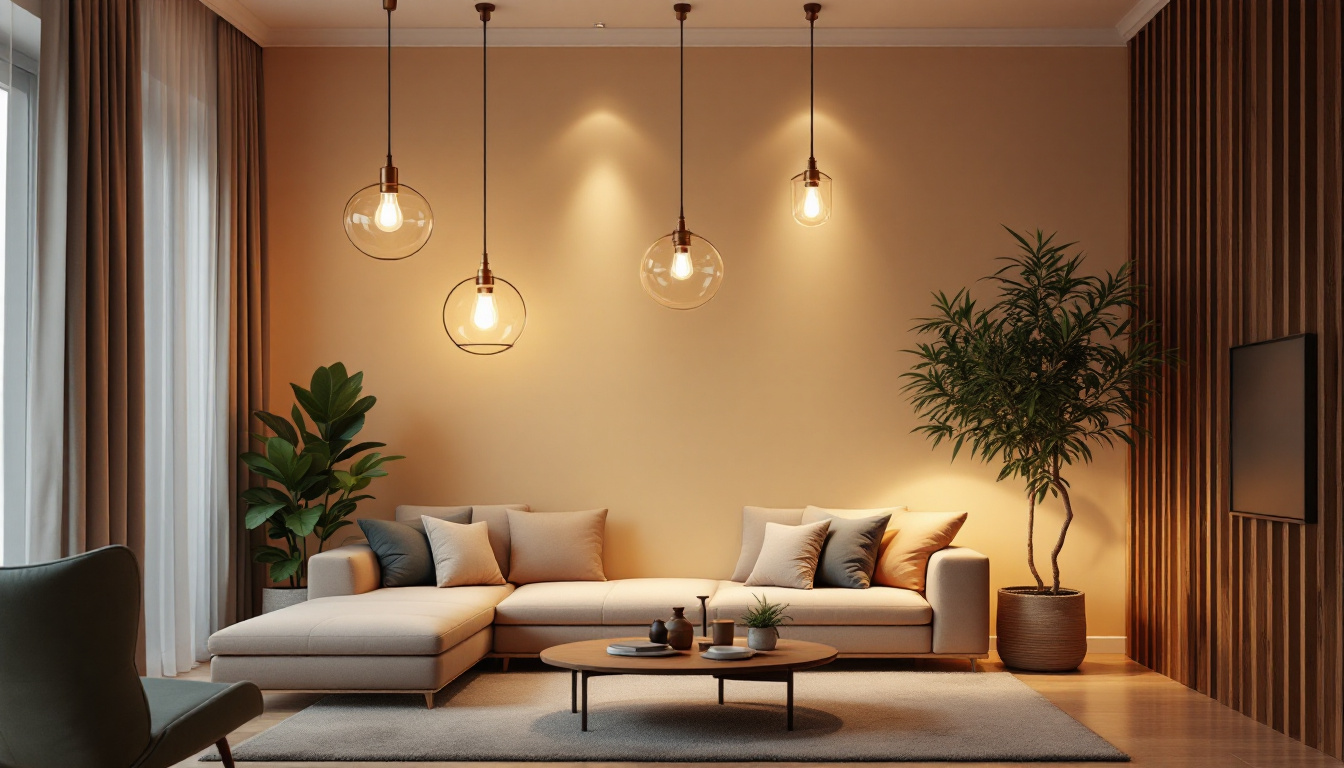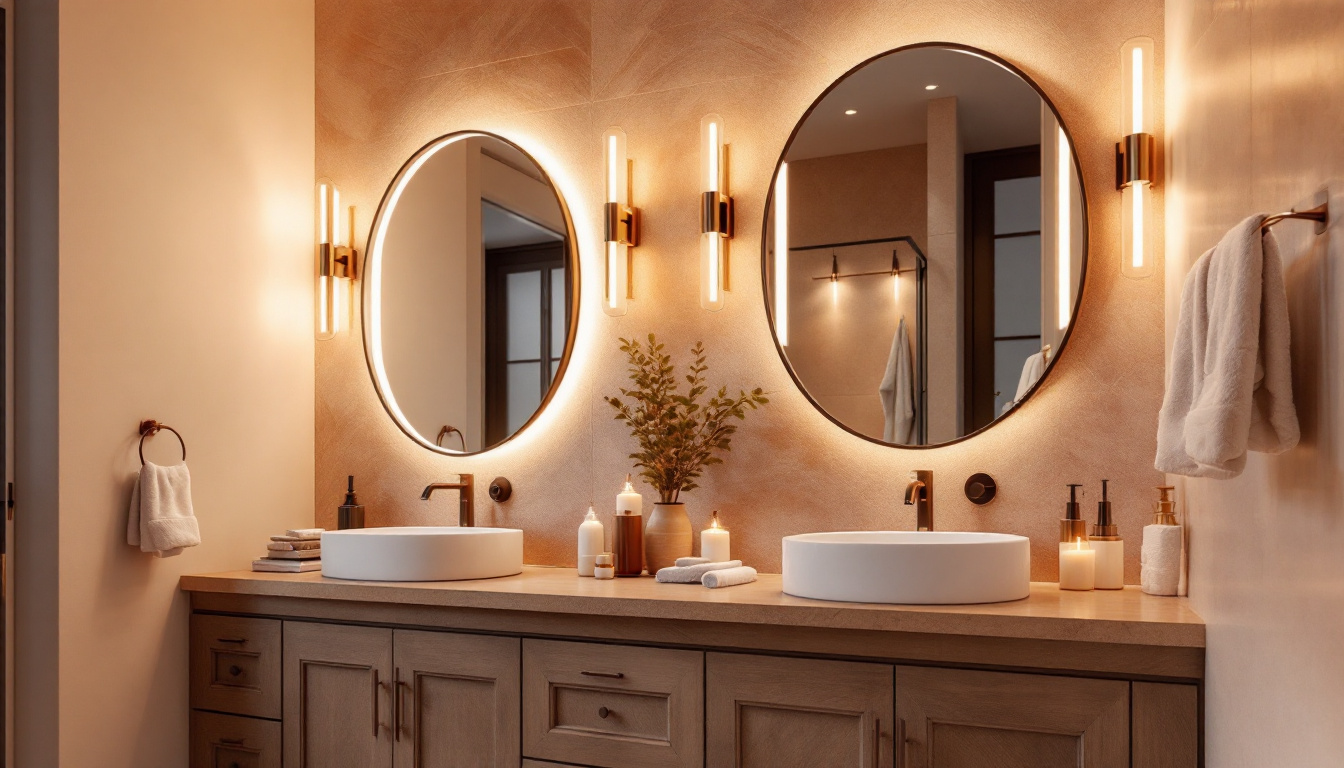

The transition from fluorescent tubes to LED technology has become a significant trend in the lighting industry. As more businesses recognize the benefits of LED lighting, such as energy efficiency and longer lifespans, lighting contractors are increasingly tasked with managing these conversions. However, this process is not without its challenges. Understanding these obstacles is crucial for contractors aiming to provide seamless and effective solutions for their clients.
LED lights offer numerous advantages over traditional fluorescent tubes. They consume less energy, which translates into lower utility bills for businesses. Additionally, LEDs have a longer lifespan, reducing the frequency of replacements and maintenance costs. This technology also provides better light quality, with options for adjustable color temperatures and improved color rendering index (CRI).
Moreover, LEDs are more environmentally friendly. They do not contain hazardous materials like mercury, which is present in fluorescent tubes, making disposal safer and more straightforward. These benefits make LEDs an attractive option for businesses looking to enhance their lighting systems. Furthermore, the versatility of LED lighting allows for innovative applications, such as smart lighting solutions that can be controlled remotely. This not only adds convenience but also enables businesses to optimize their energy usage even further, adapting lighting to specific needs throughout the day.
In addition to their practical benefits, LED lights can also contribute to creating a more inviting atmosphere in commercial spaces. The ability to customize lighting settings can enhance the overall aesthetic, making environments more appealing to customers and employees alike. For example, a warm color temperature can create a cozy ambiance in a restaurant, while cooler tones can promote alertness and productivity in an office setting. As businesses increasingly recognize the importance of ambiance in customer experience, the shift towards LED lighting becomes even more compelling.
Despite the clear advantages, the conversion process can be complex. Contractors face various challenges, from technical issues to client education. Understanding these hurdles is essential for successful project execution. One significant challenge is the initial investment required for upgrading to LED systems. While the long-term savings are substantial, the upfront costs can deter some businesses from making the switch. This is where effective communication and education about the return on investment become crucial.
Additionally, the transition to LED lighting may require a reevaluation of existing electrical systems and fixtures. In some cases, retrofitting may be necessary, which can involve additional labor and costs. Contractors must be well-versed in the latest technologies and installation techniques to ensure a seamless transition. Furthermore, educating clients about the benefits of LEDs and addressing any concerns they may have about the conversion process is vital. By fostering a clear understanding of the advantages and addressing potential obstacles, contractors can pave the way for a successful implementation of LED lighting solutions.
One of the primary technical challenges in converting fluorescent tubes to LED is ensuring compatibility with existing fixtures. Not all fixtures are designed to accommodate LED technology, which may require retrofitting or complete replacement. Contractors must assess the current lighting setup to determine the best approach for conversion.
In some cases, using LED tubes that are designed to work with existing ballasts can simplify the process. However, this approach may not always be the most efficient or cost-effective in the long run. Contractors need to weigh the benefits of retrofitting against the potential need for future replacements and maintenance. Furthermore, the physical dimensions of LED tubes can differ from traditional fluorescent tubes, which may necessitate adjustments to the fixture itself. This can involve not only the electrical components but also the structural integrity of the fixtures, especially in commercial settings where aesthetics and uniformity are paramount.
Another significant challenge involves the electrical components of the lighting system. LED tubes often require different voltage and current levels compared to fluorescent tubes. This discrepancy can lead to issues such as flickering lights or reduced lifespan if not addressed properly. Contractors must ensure that the electrical systems are compatible with the new LED technology.
Additionally, the installation of LED drivers may be necessary, which can complicate the conversion process. Understanding the electrical requirements and ensuring compliance with local codes and regulations is a vital aspect of any LED conversion project. Moreover, the energy efficiency of LED lighting can lead to a significant reduction in power consumption, but this benefit can only be realized if the electrical system is optimized for the new technology. Contractors may also need to consider the potential for dimming capabilities, which can enhance the functionality of the lighting system but requires additional components and careful planning to implement effectively. This multifaceted approach to electrical considerations is essential for achieving the best outcomes in LED conversions, ensuring both performance and safety standards are met.
Effective communication with clients is essential throughout the conversion process. Many clients may be unaware of the long-term savings associated with LED lighting, focusing instead on the upfront costs. Lighting contractors must articulate the benefits clearly, emphasizing energy savings, reduced maintenance, and the overall return on investment.
Providing case studies or examples of successful conversions can help illustrate the advantages. Additionally, offering a detailed breakdown of costs, including potential rebates or incentives for energy-efficient upgrades, can help clients feel more comfortable with their investment.
Setting realistic expectations is crucial in any project. Clients may expect immediate results, but the conversion process can take time, especially if retrofitting is required. Contractors should outline the timeline for the project, including any potential delays due to sourcing materials or electrical upgrades.
Moreover, clients may have concerns about the quality of light produced by LEDs compared to fluorescent tubes. Addressing these concerns upfront and providing samples or demonstrations can help alleviate fears and build trust in the contractor’s expertise.
Lighting contractors must navigate a complex landscape of local codes and regulations when converting to LED lighting. Compliance with these codes is essential to ensure safety and avoid potential fines. This can be particularly challenging in areas with strict energy efficiency mandates or specific requirements for commercial lighting.
Contractors should stay informed about local regulations and any changes that may affect their projects. This knowledge not only helps in compliance but also positions the contractor as a knowledgeable resource for clients.
Many regions offer incentives or rebates for businesses that upgrade to energy-efficient lighting systems. However, navigating these programs can be daunting. Contractors must understand the eligibility requirements and application processes to assist clients in maximizing their savings.
By staying informed about available incentives, contractors can enhance their service offerings and provide added value to clients, making the conversion process more appealing.
During the installation of new LED systems, workplace disruptions are often inevitable. This can be particularly challenging in commercial environments where downtime can lead to lost productivity and revenue. Contractors must plan installations carefully to minimize disruptions, potentially scheduling work during off-hours or weekends.
Effective communication with clients about the installation process and expected disruptions can help manage their expectations and reduce frustration. Providing a clear timeline and updates throughout the project can also foster a positive working relationship.
As LED technology continues to evolve, ongoing training for contractors and their teams is essential. Many contractors may not be familiar with the latest advancements in LED lighting, which can lead to knowledge gaps during installations. Investing in training programs and resources can help contractors stay ahead of the curve, ensuring they can provide the best possible service to their clients.
Additionally, fostering a culture of continuous learning within the team can enhance overall performance and adaptability, making it easier to tackle new challenges as they arise.
Once the installation is complete, the relationship between the contractor and client does not end. Providing ongoing support for maintenance and troubleshooting is crucial for ensuring client satisfaction. Contractors should establish a clear plan for post-installation support, including regular check-ins and maintenance schedules.
Clients may require assistance with adjusting settings, replacing components, or troubleshooting issues. Being readily available to address these concerns can help build trust and encourage repeat business.
Gathering feedback from clients after the installation is an essential step in improving services. Understanding their experiences, challenges, and satisfaction levels can provide valuable insights for future projects. This feedback loop can help contractors refine their processes and enhance the overall client experience.
Moreover, positive testimonials can serve as powerful marketing tools, attracting new clients and reinforcing the contractor’s reputation in the industry.
Converting fluorescent tubes to LED lighting presents a range of challenges for lighting contractors. From technical issues and client education to regulatory compliance and post-installation support, navigating this transition requires careful planning and execution. By understanding these challenges and proactively addressing them, contractors can position themselves as trusted experts in the field.
As the demand for energy-efficient lighting solutions continues to grow, contractors who embrace these challenges and adapt to the evolving landscape will find themselves well-equipped to meet the needs of their clients. Ultimately, successful LED conversions not only enhance the quality of light but also contribute to a more sustainable future.
Ready to tackle the challenges of LED conversion and elevate your lighting projects? At LumenWholesale, we’re here to support you every step of the way. Our extensive selection of spec-grade lighting products combines quality, affordability, and convenience to ensure your projects shine. Say goodbye to inflated markups and hello to unbeatable wholesale prices, with the added benefit of free shipping on bulk orders. Don’t compromise on performance or price. Visit LumenWholesale today and discover the best value in wholesale lighting for your next successful LED conversion.

Discover the transformative power of LED mirrors in modern design.

Discover how strategically choosing hanging lights for living rooms can boost your success as a lighting contractor.

Discover essential insights into bathroom vanity light fixtures that every lighting contractor should know.

Discover why purchasing architectural gooseneck and barn lights in bulk from local distributors might not be the best choice.
Get notified when NEW deals are released.
Optimize your budget with wholesale discounts.
Only top-quality, specification-grade lighting products.
No additional costs at checkout - what you see is what you pay.
We understand the unique needs of contractors.